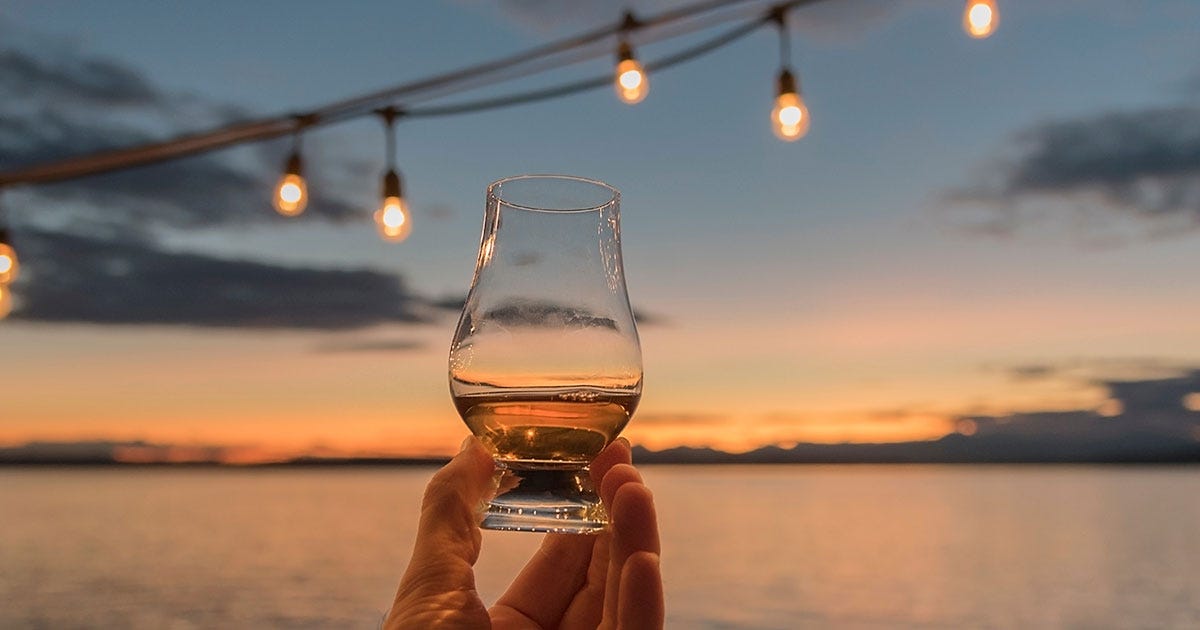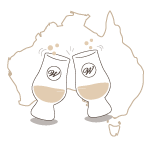

Whisky Language
Now that you know the basics, the next step to no longer being a complete Philistine is to learn whisky language.
Whisky or whiskey - the Irish and the Americans call it whiskey (with the exception of Makers Mark), while the rest of the world calls it whisky. During the late 19th century the Scots were producing terrible whisky using column stills and so the Irish added an "E" to differentiate themselves.
Next, to legally become whisk(e)y, all grain spirit is required to spend a minimum period maturing in oak barrels. Different countries have different rules and In Scotland, for example, it is three years while in Australia it’s two years.
There are three types of “Scotch” style whisky; blended, grain and single malt, blended making up the biggest volume of the three, grain the least and single malt growing increasingly popular by the day.
Grain whisky is whisky made from a variety of grains, typically barley, wheat or maize and distilled in a column or reflux still (more on that later), which means that it is basically unfiltered grain vodka that has been aged in an oak barrel for three years. It’s very cheap to produce, is made in huge volumes and is the backbone of blended whisky. These whiskies are fairly uncommon as standalone bottling.
Malt whisky is made strictly from malted barley and twice or three times distilled in a traditional copper pot still. A single malt is a whisky that’s been made and bottled by one single distillery, or in very simple terms “a malt whisky from a single distillery”. Examples include Glenfiddich, Glenlivet and Macallan.
Blended whisky is a blend of grain and malt whisky from a variety of distilleries and is the most common sort of whisky available, e.g. Johnny Walker and Bell's. The rule of thumb is that the cheaper the whisky, the less malt whisky that it contains.
Finally, a blended malt (not to be confused with a blended whisky!) is a blend of malt whisky from two or more distilleries. To confuse things a little, most single malts are in fact vatted malts, in the sense that the distiller matches several (sometimes hundreds or thousands) barrels to create a desired flavour. However, because all the whisky comes from, and is bottled by, the same single distillery, the end product is still single malt. An example of this is typical 10-year-old single malt. At the very pinnacle of whisky perfection is the single cask. This is whisky from one single barrel that is of such a high standard that it can be bottled without being mixed with whisky from other barrels.
The Irish typically produce “similar” style whiskey to Scotland in the sense that they use traditional potstill, have a mix of blends and malts and a uniquely Irish variant of a malt whiskey called Pure Pot Still, which is basically single malt whiskey made of a mix of malted and unmated barley. The Irish also favour triple distillation over double.
We don’t typically do traditional American and Canadian whiskey at the Club, but it’s useful to know some basics at least. Overall the key difference here is that while the above whisk(e)ys have a common theme of distilling a single grain and then blending the resulting spirits, American and Canadian whisky is usually made with a combined mash right from the start. In other words, instead of making separate whiskies from various grains and then blending these, they brew the wash from a combination of grains. The recipe is known as a mash bill.


